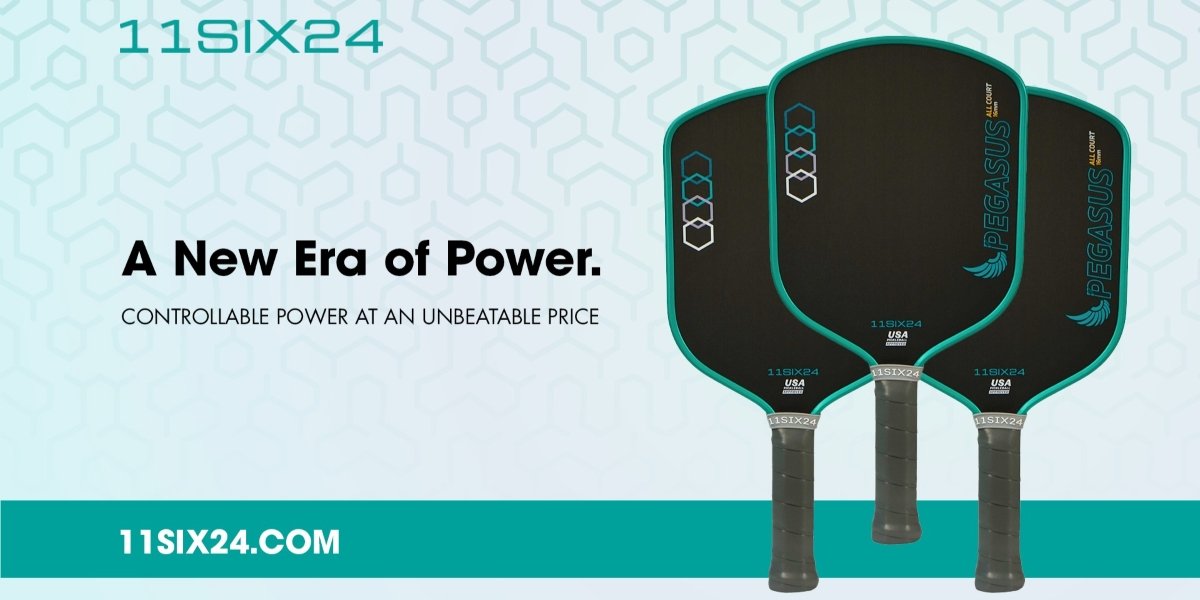By: Ashley Davis
“Change can be fear-producing, but brands that understand and embrace it can transform fear into power,” says Jamie Schwartzman, founder of Flux Branding. Adapting strategically to change, he believes, is essential for businesses seeking powerful growth.
Recently appearing on the Lead With Your Brand!™ podcast with host Jayzen Patria, Jamie explored how successful brands leverage uncertainty to their advantage, turning potential obstacles into opportunities.
Branding: More Than Just a Logo
With more than 25 years of experience in the branding industry, Jamie has led transformative projects for clients. Under his leadership, Flux Branding notably helped boost the market position of an automotive aftermarket parts company.
“When we started, people thought branding was just a logo,” he reflects. “But it’s deeper—it’s about identity and authenticity.” The IDEA Method (Ignite, Distill, Energize, Activate) developed by Flux Branding aligns stakeholders from executives down to frontline employees, fostering unity around core brand values.
Five Situations That Demand Rebranding
In his discussion with Patria, Jamie identified five crucial moments prompting companies to reevaluate their branding:
- Facing new competition
- Launching new products
- Managing crises
- Navigating mergers or acquisitions
- Revitalizing stagnant brands
These situations push companies to rethink their identity and reconnect meaningfully with their markets.
Combining Artistic Roots with Strategic Thinking
Initially pursuing an art education at UCLA, Schwartzman quickly discovered the importance of blending creativity with strategic business thinking. Early on, he realized being an artist alone wasn’t enough. “Marketing became too analytical and focused solely on performance,” he noted. “Branding resonated because it connects deeply with identity and spirit.”
His unique blend of artistic vision and strategic storytelling became instrumental in his career, exemplified when coaching a finalist on Gordon Ramsay’s TV show, Food Stars, helping the winner craft a clear, emotionally compelling brand message.
Digital First: The Essential Role of Websites
Jamie strongly emphasizes the continued importance of a company’s website, calling it “the fundamental base for brands.” He believes that, even with the rise in popularity of social media, the website remains a vital touchpoint between a brand and its customers. While social media platforms offer ways to connect and engage with audiences, a company’s website still serves as the primary place where customers can interact with the brand in a meaningful way.
Authenticity: The Core of Strong Branding
“Fake brands stink; authenticity always wins,” Jamie asserts. For him, branding isn’t about creating something artificial. It’s about revealing what a company really stands for.
He compares branding to polishing a diamond. Good branding just brings out what’s already there.
His advice for leaders who want a strong personal brand is straightforward yet powerful: “Know yourself deeply, then express your true brilliance authentically.”
In Jamie’s experience, brands succeed when they stay true to who they are.
Guiding Brands Through Change
Viewing change as an opportunity rather than a threat allows brands to grow stronger. Jamie believes that embracing change enables companies to grow and adapt, strengthening their position in the market. By recognizing that change can bring about new possibilities, brands are better equipped to innovate and evolve in response to shifting consumer needs and industry trends.
For Jamie, helping companies do this is what makes branding meaningful.
Published by Joseph T.







